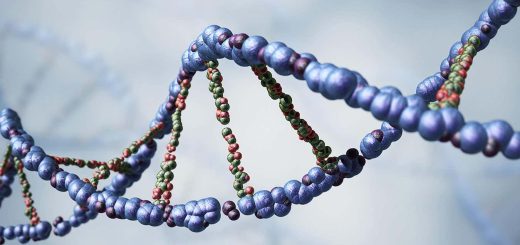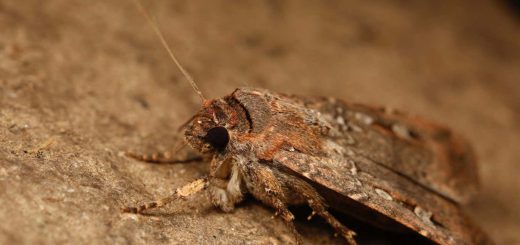Colossal scientist now admits they haven’t really made dire wolves
Despite a huge media fanfare in which Colossal Biosciences claimed to have resurrected the extinct dire wolf, the company’s chief scientist now concedes that the animals are merely modified grey wolves
By Michael Le Page
22 May 2025 Last updated 24 May 2025
One of the modified grey wolves created by Colossal
Colossal Biosciences
The dire wolf is “the world’s first successfully de-extincted animal”, Colossal Biosciences claimed on 7 April. And many people seemed to believe it. New Scientist was one of the few media outlets to reject the claim, pointing out that the animals created by Colossal are just grey wolves with a few gene edits.
Now, in a subsequent interview, Colossal’s chief scientist Beth Shapiro appears to agree. “It’s not possible to bring something back that is identical to a species that used to be alive. Our animals are grey wolves with 20 edits that are cloned,” she tells New Scientist. “And we’ve said that from the very beginning. Colloquially, they’re calling them dire wolves and that makes people angry.”
Read more
A whole new world of tiny beings challenges fundamental ideas of life
Advertisement
Richard Grenyer at the University of Oxford says this is a major departure from what Colossal has said previously. “I read that as a clear statement of her view of what they did and didn’t do – and that what they didn’t do was bring back a dire wolf from extinction.”
“I think there is a serious inconsistency between the contents of the statement and the actions and publicity material – including the standard content of the website, not just [the] press briefing around the dire wolf – of the company,” he says.
For instance, the Colossal press release announcing the birth of the gene-edited wolves refers to them as “dire wolves” throughout. Shapiro defended this claim in an interview with New Scientist on 7 April.


